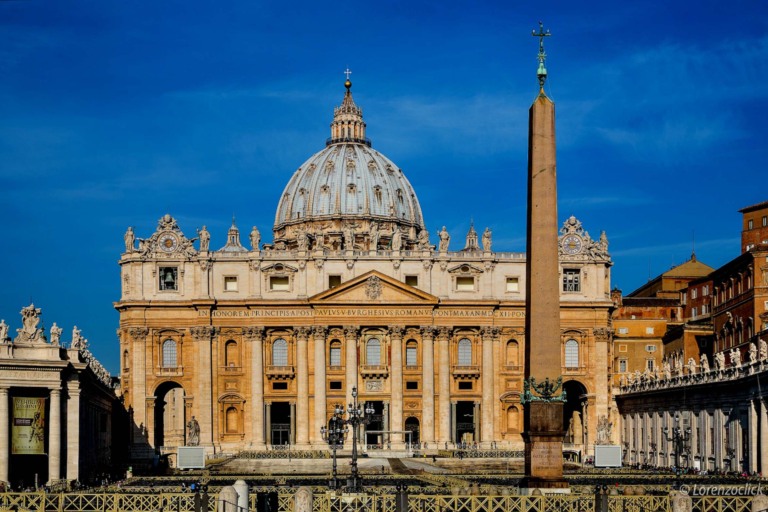
The history of Vatican City is a long and complex one, closely intertwined with the history of the Roman Catholic Church and the city of Rome itself. Vatican City, with its historical and cultural significance, is a UNESCO World Heritage Site and attracts millions of visitors from around the world annually. Today, Vatican City remains a unique entity, combining its religious and spiritual significance with its status as the world's smallest independent state. It is not only the spiritual heart of the Catholic Church but also a center for art, culture, and international diplomacy. Vatican City, officially known as the Vatican City State, is a sovereign city-state enclave within the city of Rome, Italy. It is the spiritual and administrative center of the Roman Catholic Church and serves as the residence of the Pope, the leader of the Catholic Church. Here's a detailed overview of the history of Vatican City:
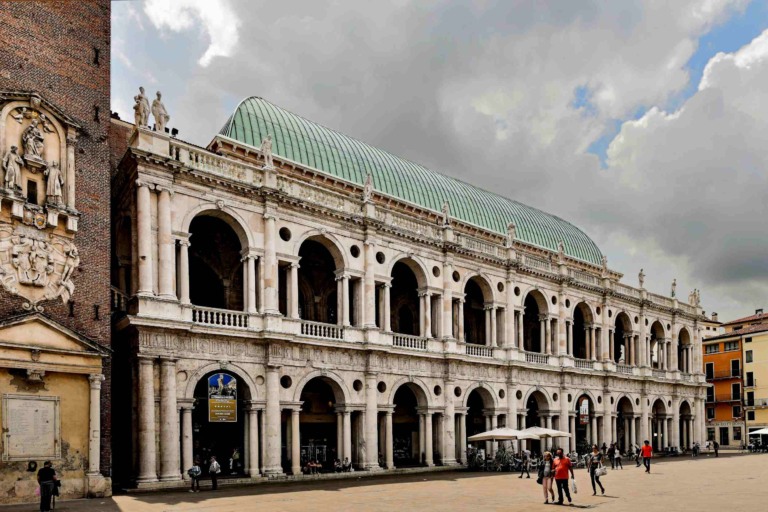
Vicenza, a beautiful city in northern Italy, is known for its rich history, stunning architecture, and cultural heritage. Vicenza’s rich cultural heritage and architectural treasures make it a delightful destination for history and art enthusiasts. Whether you’re interested in exploring Renaissance architecture, enjoying local cuisine, or simply strolling through its charming streets, Vicenza has something to offer every traveler. Getting from Venice to Vicenza is relatively easy, as both cities are well connected in the Veneto region of Italy. Here are some things to do and places to visit in Vicenza and the most common transportation options:
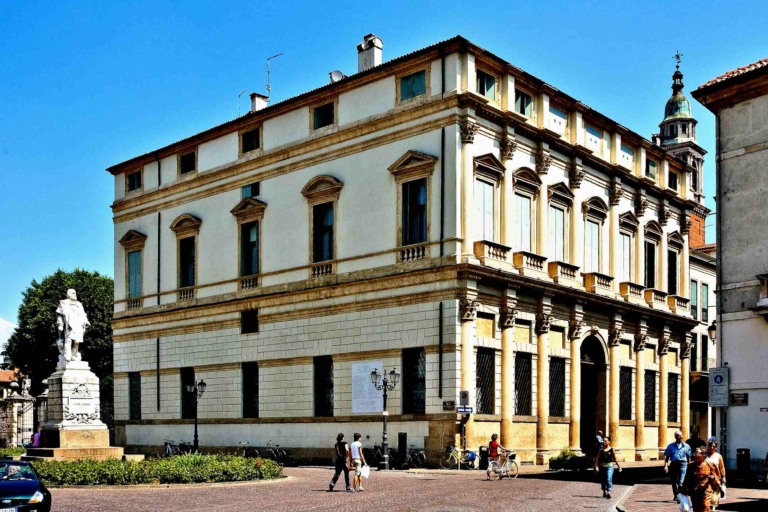
The City of Vicenza and the Palladian Villas of the Veneto collectively constitute a UNESCO World Heritage Site in Italy. This site encompasses the historic city of Vicenza and a group of Palladian villas located in the Veneto region. Initially inscribed on the World Heritage List in 1994, the site originally included only the city of Vicenza with its twenty-three buildings attributed to the renowned architect Andrea Palladio, along with three villas located outside the city limits. Later, in 1996, an extension to the site included an additional twenty-one villas located in various provinces of the Veneto region. Here is an overview:

A well-planned itinerary for exploring the Amalfi Coast can help you make the most of your visit to this stunning region. This itinerary offers a mix of sightseeing, relaxation, and exploration of the Amalfi Coast's charming towns and natural beauty. Adjust it based on your interests and the amount of time you have available. Here's a suggested itinerary for a memorable trip to the Amalfi Coast: The Amalfi Coast is home to a wide range of hotels and restaurants, offering diverse options to suit various budgets and preferences. Reservations are recommended, especially during the peak tourist season. Keep in mind that many restaurants on the Amalfi Coast focus on fresh seafood, pasta, and regional specialties, making it a delightful culinary destination. Here are some recommendations for both accommodation and dining along the Amalfi Coast:
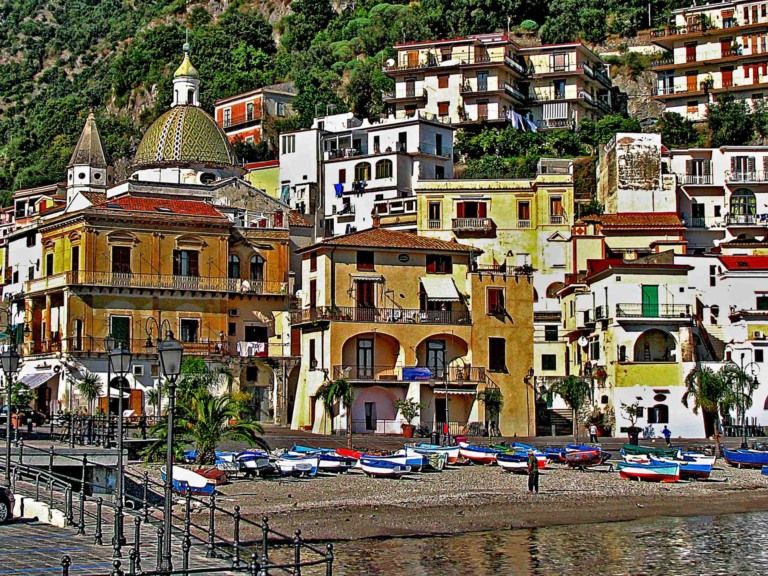
Non touristy things to do in Amalfi Coast: By exploring the Amalfi Coast away from the tourist crowds, you can reveal its authentic charm and hidden gems. By exploring these less-visited spots and activities, you can experience the genuine, tranquil side of the Amalfi Coast and enjoy the local culture and scenery at your own pace. Please note that the Amalfi Coast can be crowded during the peak tourist season (summer), so it's advisable to plan your transportation and accommodations in advance. Additionally, road conditions along the coast can be narrow and winding, so if you're driving, be prepared for challenging driving conditions. Here are some non-touristy things to do on the Amalfi Coast:
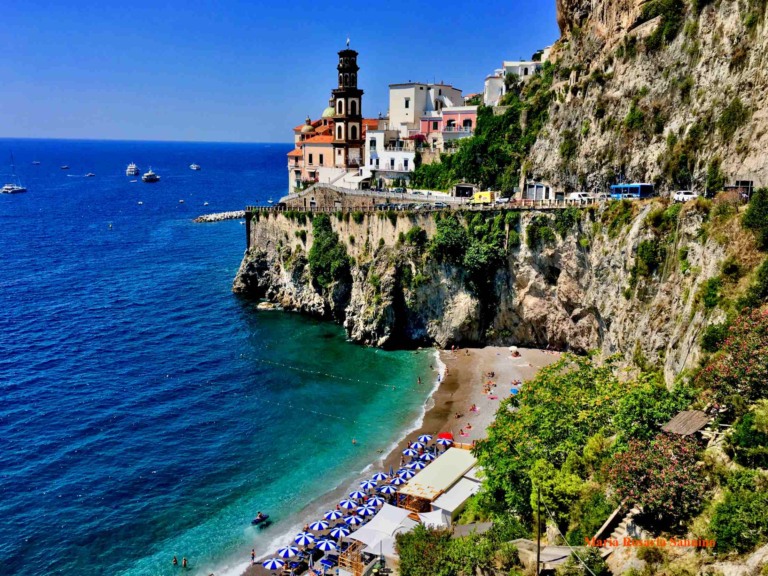
The Costiera Amalfitana, which runs along the southern coast of the Sorrentine Peninsula within the Salerno province, can rightfully be described as a landscape of exceptional cultural significance, shaped by the remarkable interplay of nature and human endeavor. Its dramatic topography and historical evolution have given rise to extraordinary cultural and natural scenic values. Here, nature remains untamed yet seamlessly interwoven with the fruits of human labor. The landscape is characterized by rocky terrain, lush woodlands, and aromatic maquis, punctuated by citrus groves and vineyards ingeniously cultivated wherever suitable terrain could be found. The World Heritage property encompasses four principal coastal areas (Amalfi, Atrani, Reginna Maior, and Reginna Minor) and several secondary areas (Positano, Praiano, Cetara, and Erchie), each graced with characterful villages like Scala, Tramonti, and Ravello, as well as the hamlets of Conca and Furore. Many of these historic centers thrived during the zenith of the Amalfi Sea Republic, resulting in a wealth of artistic and architectural treasures.
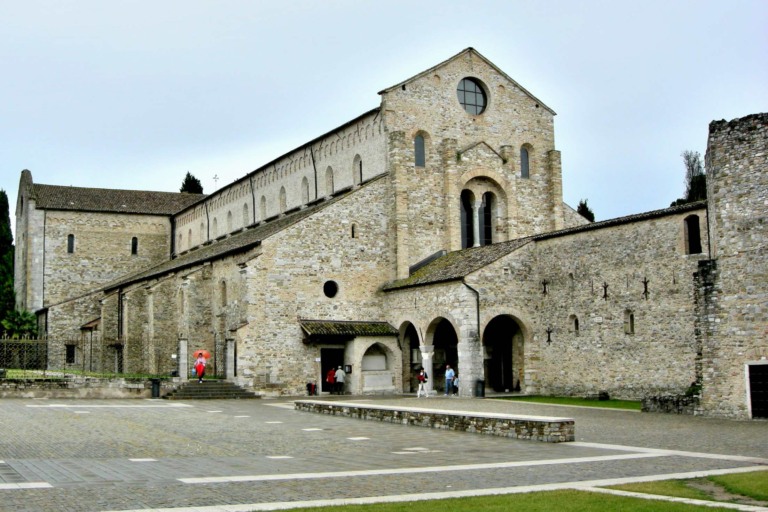
Aquileia Archaeology and Patriarchal Basilica: The Archaeological Area and the Patriarchal Basilica of Aquileia, located in the Friuli-Venezia Giulia region of Italy, is a UNESCO World Heritage Site recognized for its historical and cultural significance. Here's more information about this remarkable site:
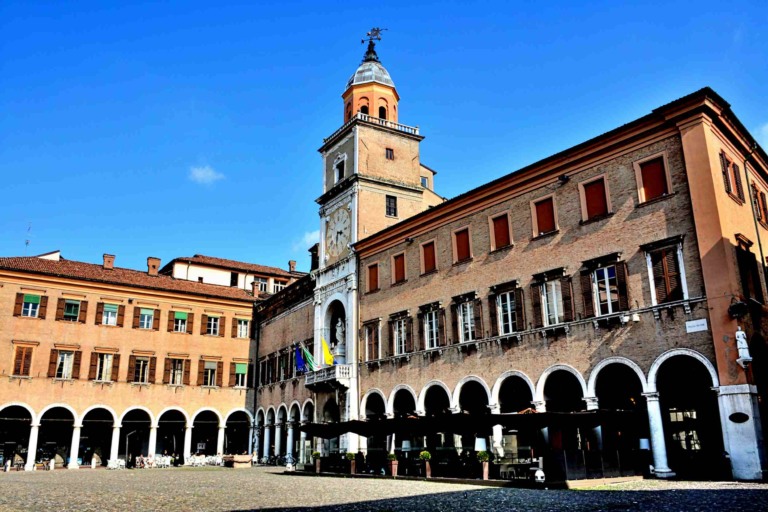
Modena Cathedral, Torre Civica, and Piazza Grande are significant Italian landmarks that collectively reflect the city’s rich history and cultural heritage. Exploring the area around Modena Cathedral, Torre Civica, and Piazza Grande allows you to immerse yourself in the city’s history, art, and local lifestyle. Whether you’re interested in architecture, culinary experiences, or cultural exploration, Modena offers a variety of activities to suit different interests. Getting to Modena, Italy, and finding accommodation is relatively straightforward, thanks to its accessibility and range of lodging options. Here’s a guide to help you plan your trip to Modena:
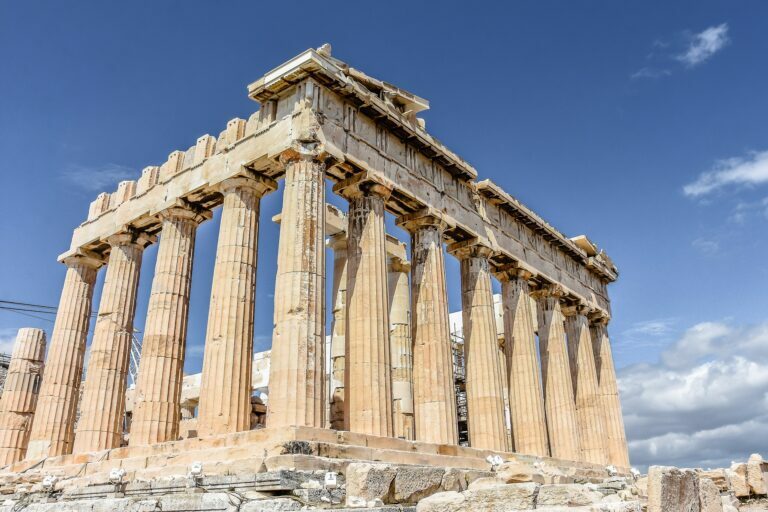
UNESCO sites in Europe boast an impressive collection of over 500 World Heritage Sites, ranging from natural wonders to lesser-known hidden gems that might surprise you. If you're planning to travel to Europe, it's essential to explore these remarkable destinations. Europe, often hailed as the cradle of Western civilization, played a pivotal role in shaping the course of history despite being smaller in size compared to its neighboring continents.
Throughout its history, Europe has been the stage for various pivotal historical epochs that left a profound impact on the world. This rich historical legacy, combined with its breathtaking natural beauty and cultural diversity, makes Europe an enticing destination for travelers.
When embarking on a European journey, it's a fantastic idea to include visits to some of the continent's renowned landmarks, especially the UNESCO World Heritage Sites. These sites not only showcase Europe's magnificent history but also celebrate its rich cultural heritage and stunning natural landscapes.
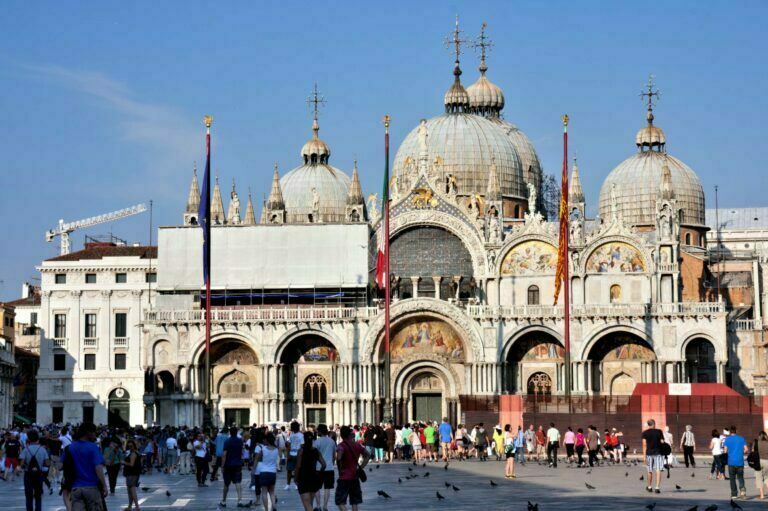
Venice and its Lagoon, located in northeastern Italy, are a UNESCO World Heritage Site renowned for their unique urban and cultural heritage, as well as their ecological significance. The history of Venice is a fascinating tale of a city built on water, cultural exchange, trade, and artistic achievement. Here's an overview of Venice's history and its iconic lagoon:
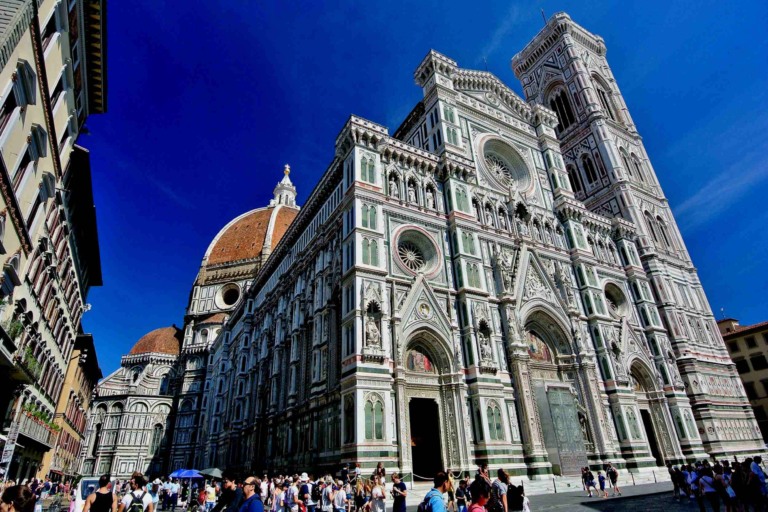
The Historic Centre of Florence is a UNESCO World Heritage Site and a cultural treasure trove located in the heart of Florence, Italy. This city is renowned for its artistic heritage, stunning architecture, and historical significance. Here are some of the prominent landmarks you can explore in the historic center of Florence:
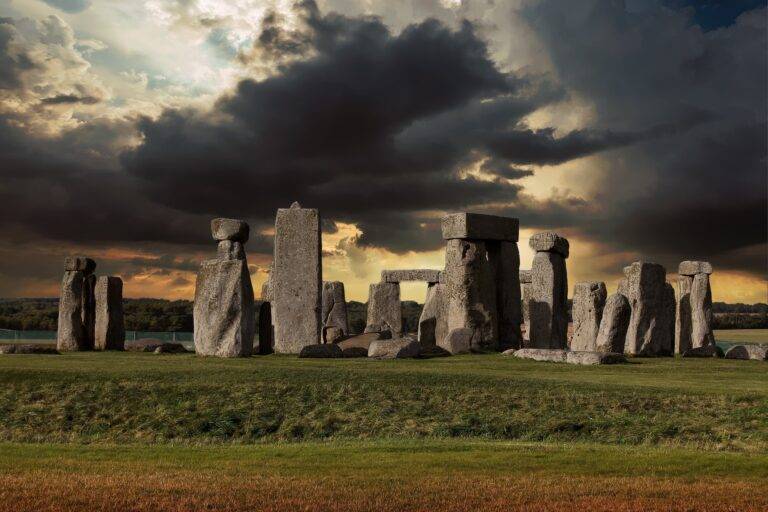
Stonehenge and Avebury are two of the most famous prehistoric sites located in the county of Wiltshire, in the southern part of England, and these sites, along with some other nearby locations, make up a UNESCO World Heritage Site. Stonehenge is a world-renowned prehistoric monument composed of a circular arrangement of large standing stones. It is believed to have been constructed in several phases over a span of thousands of years, with the main phase of construction taking place around 2500 BC. The purpose of it remains a subject of debate among archaeologists and scholars, but it is widely believed to have had religious, ceremonial, and astronomical significance. Avebury, another Neolithic site, consists of a large circular bank and ditch enclosure, within which are three stone circles. The Avebury stone circles are among the largest and most impressive in Europe. Like Stonehenge, Avebury is believed to have been constructed for ceremonial and ritualistic purposes. Here's an overview of Stonehenge Avebury and Associated Sites:











